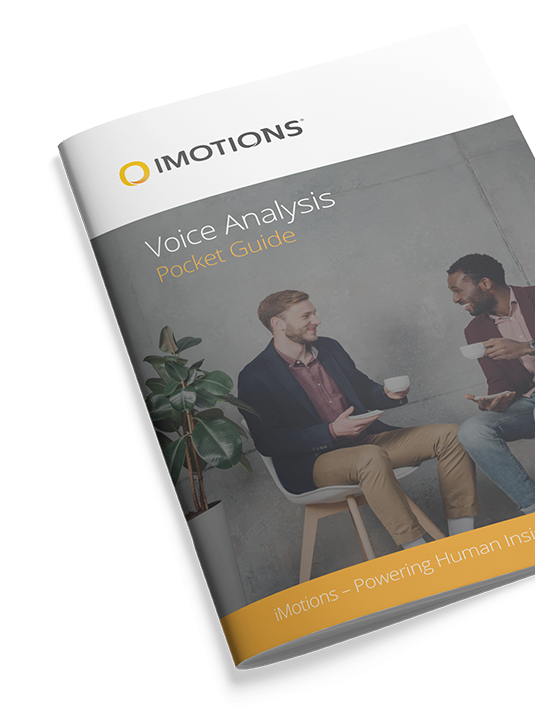Table of Contents
In recent years, healthcare has increasingly embraced innovative technologies to improve diagnostic accuracy. Among these advancements, voice analysis is emerging as a promising tool. By examining vocal characteristics, clinicians can gain valuable insights into a patient’s overall health.
This approach is particularly effective in identifying neurological disorders, where subtle changes in speech patterns often serve as early indicators. Metrics like arousal, dominance, and valence provide a non-invasive way for healthcare professionals to track the progression of illnesses, marking a significant breakthrough in medical diagnostics.

Key Vocal Metrics: Arousal, Dominance, and Valence
Voice analysis relies on specific vocal metrics to assess health conditions:
- Arousal reflects the energy and intensity in speech. High arousal is marked by rapid speech with significant variations in pitch and volume, often signaling excitement or heightened energy. In contrast, low arousal suggests fatigue, characterized by slower speech and reduced vocal dynamism.
- Dominance measures assertiveness and control in speech. A dominant voice tends to be louder and more consistent in tone, indicating confidence. Lower dominance, on the other hand, may hint at cognitive or physical fatigue, evident in a lack of clarity or conviction.
- Valence captures the emotional tone of speech. Positive valence is associated with cheerful, lively tones, while negative valence often signals stress, anxiety, or depression, manifesting as flat, withdrawn, or monotone delivery.
Unlocking the Diagnostic Potential of Vocal Biomarkers
A wide range of diseases affect speech, introducing unique biomarkers such as voice tremors, breathiness, or monotony. These changes can serve as powerful diagnostic tools, particularly for neurological conditions where speech alterations may be the earliest detectable symptom.
In Multiple Sclerosis (MS), vocal biomarkers often reveal reduced energy, monotone speech, and frequent pauses, reflecting impaired motor control and cognitive challenges. Spectrogram analysis of speech in MS patients commonly shows blurred or noisy patterns, indicative of fatigue and breathiness.
For Parkinson’s Disease (PD), speech changes such as hypokinetic dysarthria are hallmark symptoms. Patients may speak at a reduced volume, with limited pitch variation and uneven pacing due to weakened vocal cords.
Depression is often linked to flat, monotone speech with slower rates, reflecting psychomotor slowing. Negative valence can further reveal emotional distress, while heightened arousal and rushed speech are common in anxiety disorders, often accompanied by stuttering or a shaky voice.

Neurological diseases like Amyotrophic Lateral Sclerosis (ALS) introduce slurred, breathy voices and slower speech, resulting from motor neuron degeneration. Similarly, in Alzheimer’s Disease, cognitive decline manifests as simpler sentence structures, frequent pauses, and slower delivery, often accompanied by confusion.
Even respiratory conditions such as Chronic Obstructive Pulmonary Disease (COPD) leave their mark on speech, causing breathiness, shortened sentences, and slower pacing as patients struggle to balance breathing with vocal effort. Schizophrenia, a psychiatric disorder, is characterized by disorganized speech, reduced pitch variation, and flat affect.
AI and Voice Diagnostics: Transforming Healthcare
AI-powered tools are revolutionizing the field of voice analysis. For instance, devAIce by audEERING leverages advanced algorithms to extract vocal biomarkers, enabling clinicians to detect subtle speech changes linked to various health conditions. Integrated platforms like iMotions combine voice analysis with other biometric data, providing a comprehensive view of patient health. These tools not only enhance diagnostic accuracy but also enable real-time assessments, paving the way for earlier intervention.
The Future of Voice Analysis in Healthcare
The potential of voice analysis is immense. With machine learning algorithms growing ever more sophisticated, detecting subtle speech anomalies that might elude the human ear is becoming increasingly feasible. This advancement has profound implications for conditions like MS and Parkinson’s, where early detection can significantly improve outcomes.
Beyond its diagnostic capabilities, voice analysis offers a cost-effective and non-invasive approach to healthcare. With remote implementation on the rise, patients could soon monitor their health by submitting voice samples through mobile apps, enabling ongoing evaluations and personalized care.
Voice analysis is redefining the way we understand and approach health diagnostics. By focusing on speech metrics like arousal, dominance, and valence, clinicians gain a deeper window into patient health. Neurological and mental health conditions, in particular, are already benefiting from these insights. As this field evolves, voice analysis is set to become a cornerstone of personalized, real-time healthcare.
Free 22-page Voice Analysis Guide
For Beginners and Intermediates
- Get a thorough understanding of the essentials
- Valuable Voice Analysis research insight
- Learn how to take your research to the next level












